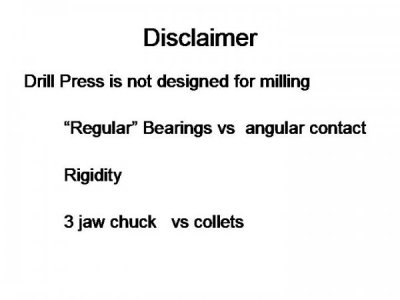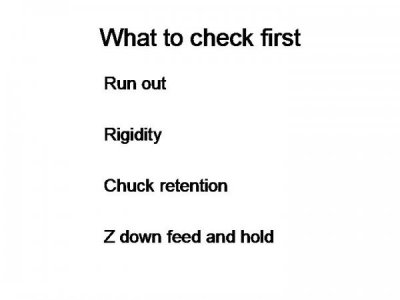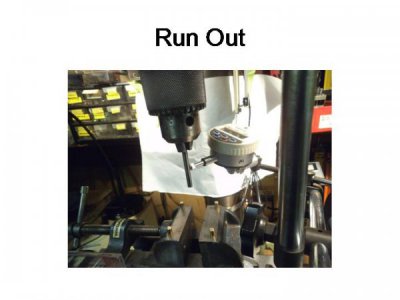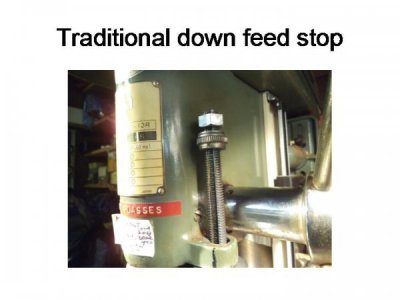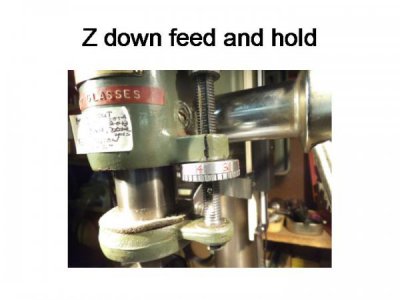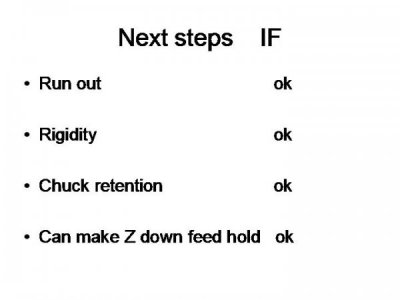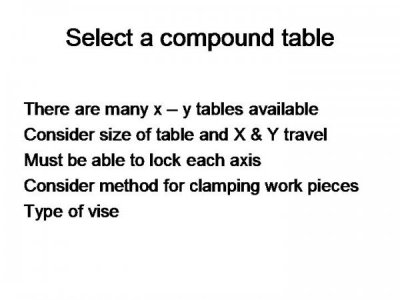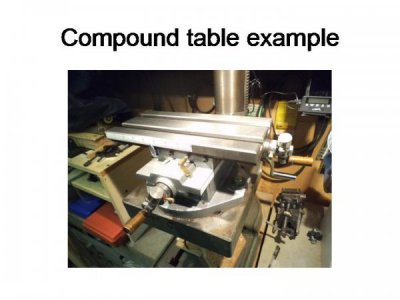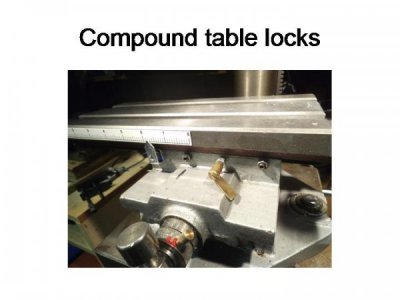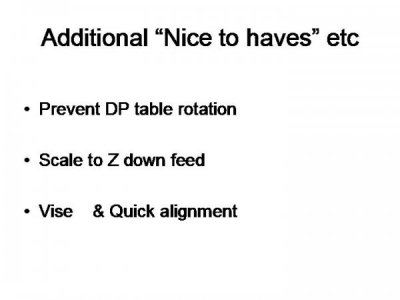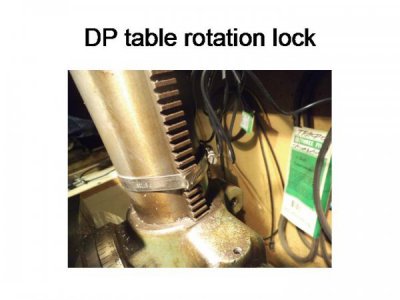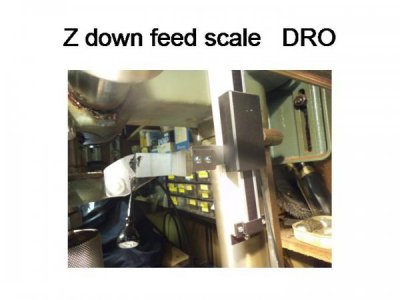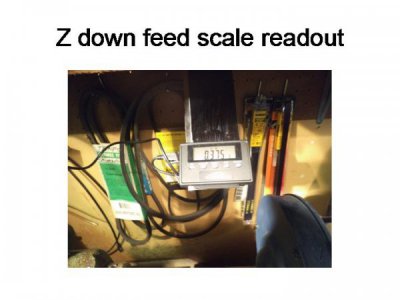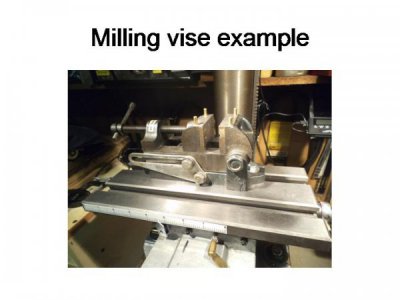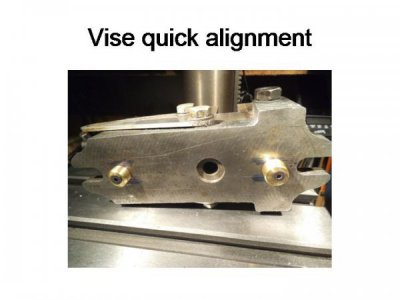...I once took a 77' Vette 4 wheeling LOL (But really!...I did get some good air and hang time before all 4 fenders had cracks up and around the centers and the steering column broke!...) A vertical mill makes for both a mill and a drill press due to head (including adjustment to table IE X, Y to dead flat or any angle), column, knee (castings), quill, bearings, table, leead screws and nuts, collett system, accessories (yada, yada) ...a drill press makes for a drill press but not much a mill but again (yikes!) ifn' it's all you got and for light hobby work refer to the videos here, advice and some pics here...sorry all, trying to be friendly here but the 1st 2 machines to obtain are a mill and a lathe or vicy vercy and almost every other machine tool (an old shaper might be alone?) is relative to them (or they are relative to every other machine tool?)...even a massive cast Moore jig borer will turn to junk if used as a mill instead of holes....and because a drill press looks kinda' like a vertical mill, it aint...

